What is cannabis sativa?
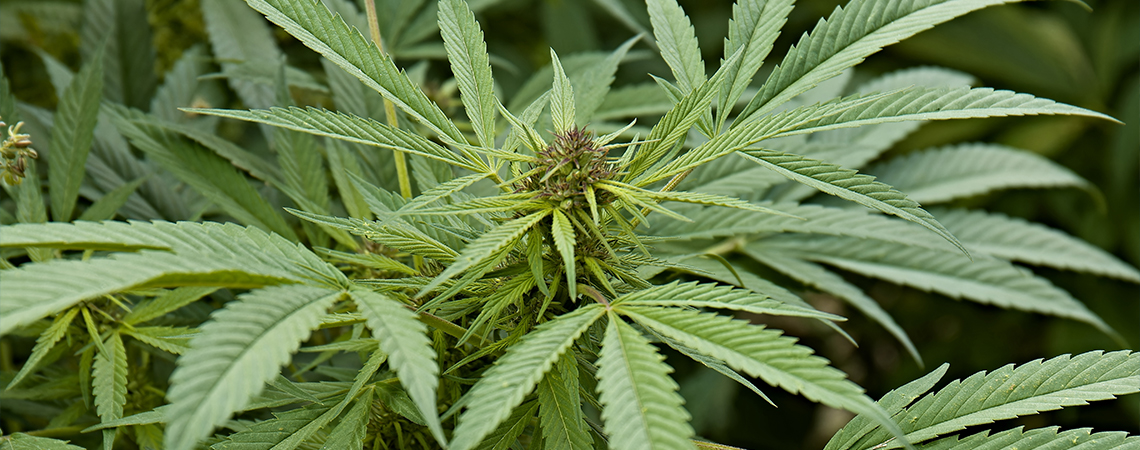
Cannabis sativa has a long history as a cultivated plant, but its meaning and effects are often misunderstood. From its origins and growth traits to the science behind its effects, this guide separates fact from fiction. Discover the real story of sativa with Zamnesia.
Think all sativa strains are uplifting? It's time to debunk that myth. Many have believed that sativa strains automatically produce energising effects for years, but modern science tells a more nuanced story. So, what is Cannabis sativa really?
In this article, we'll explore the true meaning of sativa, from its botanical traits and historical origins to its growing characteristics and effects. Along the way, we'll separate fact from fiction and highlight the latest research showing why terpenes and chemical profiles, not just plant type, shape your experience. Whether you're a beginner, a grower, or simply curious, this guide will give you a clear science-based understanding of sativa.
Understanding Cannabis sativa
.jpg)
The term sativa originates from Latin, meaning “cultivated” or “sown”; Carl Linnaeus first applied the term “Cannabis sativa” in 1753. While in everyday cannabis culture “sativa” is often linked to uplifting or energising effects, in taxonomy it simply denotes a species within the genus cannabis. Botanically, Cannabis sativa belongs to the Cannabaceae family and is an annual, herbaceous flowering plant. It is characterised by its tall, fibrous stems, which were historically valued for fibre producion, along with long, narrow leaflets and an open branching structure with wider spacing between nodes compared to so-called “indica” types. Female plants produce resinous bracts, the sticky, trichome-rich parts most people think of as cannabis flowers.
That said, modern breeding has softened these differences, creating plants that share both sativa and indica traits. This has led scientists to favour classification by chemical profile (chemotypes) rather than by morphology alone. So, when asking “what is sativa?” or “what does sativa mean?”, the answer lies as much in its botanical definition as in its place within modern cannabis culture.
The origins and history of sativa

The story of Cannabis sativa begins thousands of years ago in regions such as Central and Southeast Asia, where it was first cultivated for its durable fibres, nutritious seeds, and medicinal properties. Over time, its use spread across Africa and Europe, where tall, narrow-leaved “sativa” plants were particularly valued as hemp crops. By the 18th century, European botanists like Carl Linnaeus formally distinguished sativa plants from other cannabis varieties. Traditionally, sativa plants were associated with warmer climates and longer growing seasons, thriving in areas where their tall stature and airy structure could develop fully. Beyond agriculture, cannabis played essential roles in spiritual rituals, traditional medicine, and everyday utility from rope-making to food. As we know, the roles of sativa and indica plants have changed dramatically; the historical legacy of sativa as one of the earliest cultivated cannabis types remains central to understanding its meaning and role across cultures.
How to recognise a sativa plant
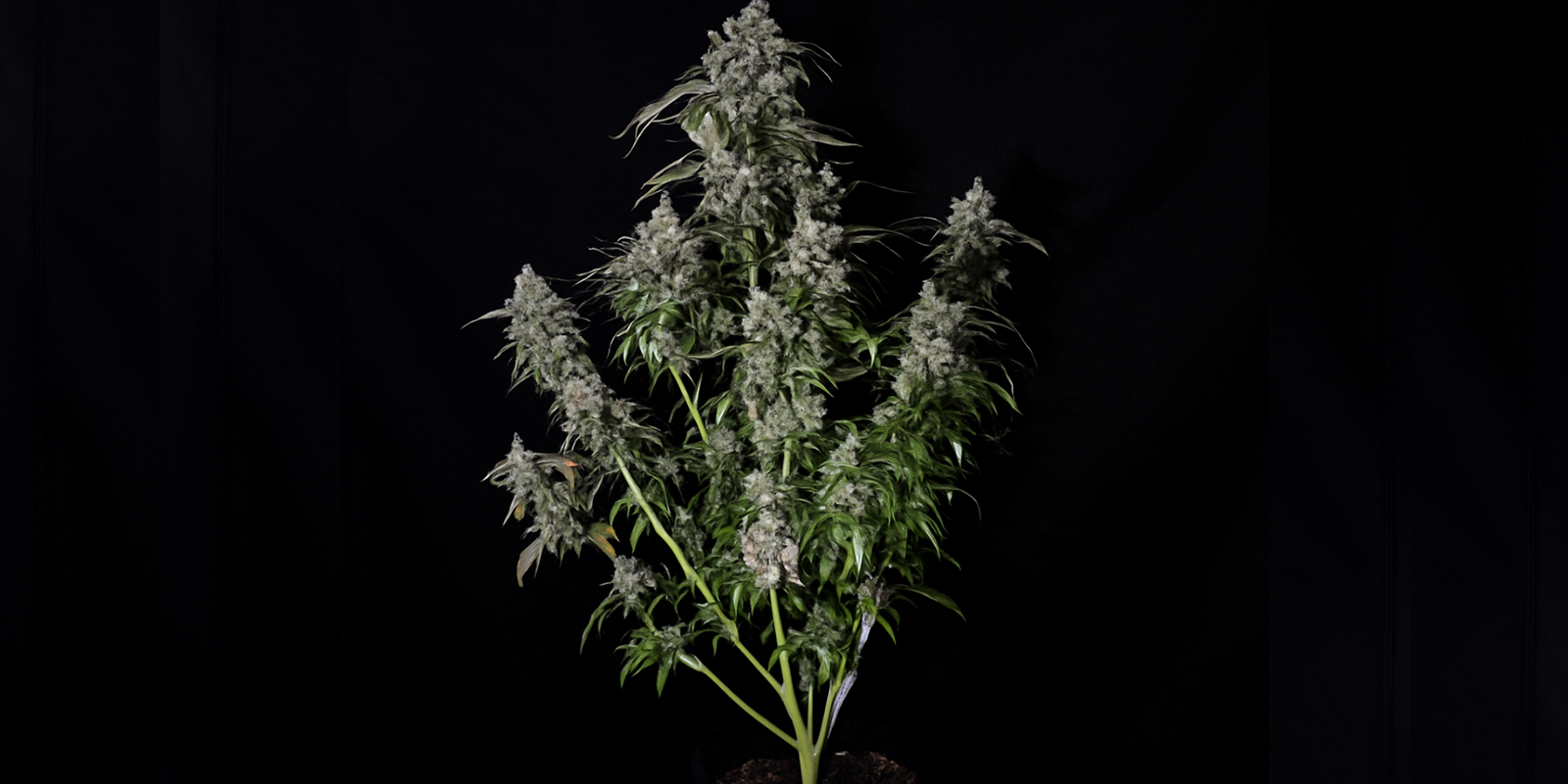
Sativa plants are easy to spot once you know what to look for. Compared to the shorter, bushier growth of indica varieties, sativas are tall, slender, and almost tree-like in stature. Their rapid vertical growth is matched by wide gaps between nodes, giving them an open, airy structure. The leaves are long, narrow, and lighter in colour, often displaying nine to eleven slender “fingers” per fan leaf.
During flowering, these plants continue to stretch, sometimes dramatically. Outdoors, genuine landrace sativas can exceed 3 metres in height under the right conditions, and their bloom cycle may last well over 12–16 weeks. This extended flowering period allows for significant height gain but often results in more elongated and less dense buds than those of indicas.
Hybridisation has blurred some of these distinctions. Many modern sativa-dominant cultivars have been selectively bred to shorten flowering times and increase bud density while preserving their characteristic stature and morphology. As a result, today's sativas still grow taller and more openly branched than indica types, but their flowers are fuller and more resinous than the looser buds of older sativa strains.
Another hallmark of sativa plants is their resilience. Their lighter, airier calyx structure helps resist mould, making them generally more tolerant of humidity compared to denser indica varieties. Taken together, the height, leaf shape, node spacing, flowering behaviour, and bud structure provide a reliable way to recognise when a plant leans towards sativa heritage.
Growing traits of Cannabis sativa
When it comes to cultivating sativa plants, their growth profile, flowering schedule, and environmental preferences set them apart from many indica-leaning strains. Below is a breakdown of what growers should expect and prepare for when working with sativa or sativa-dominant cultivars.
Typical height and flowering time
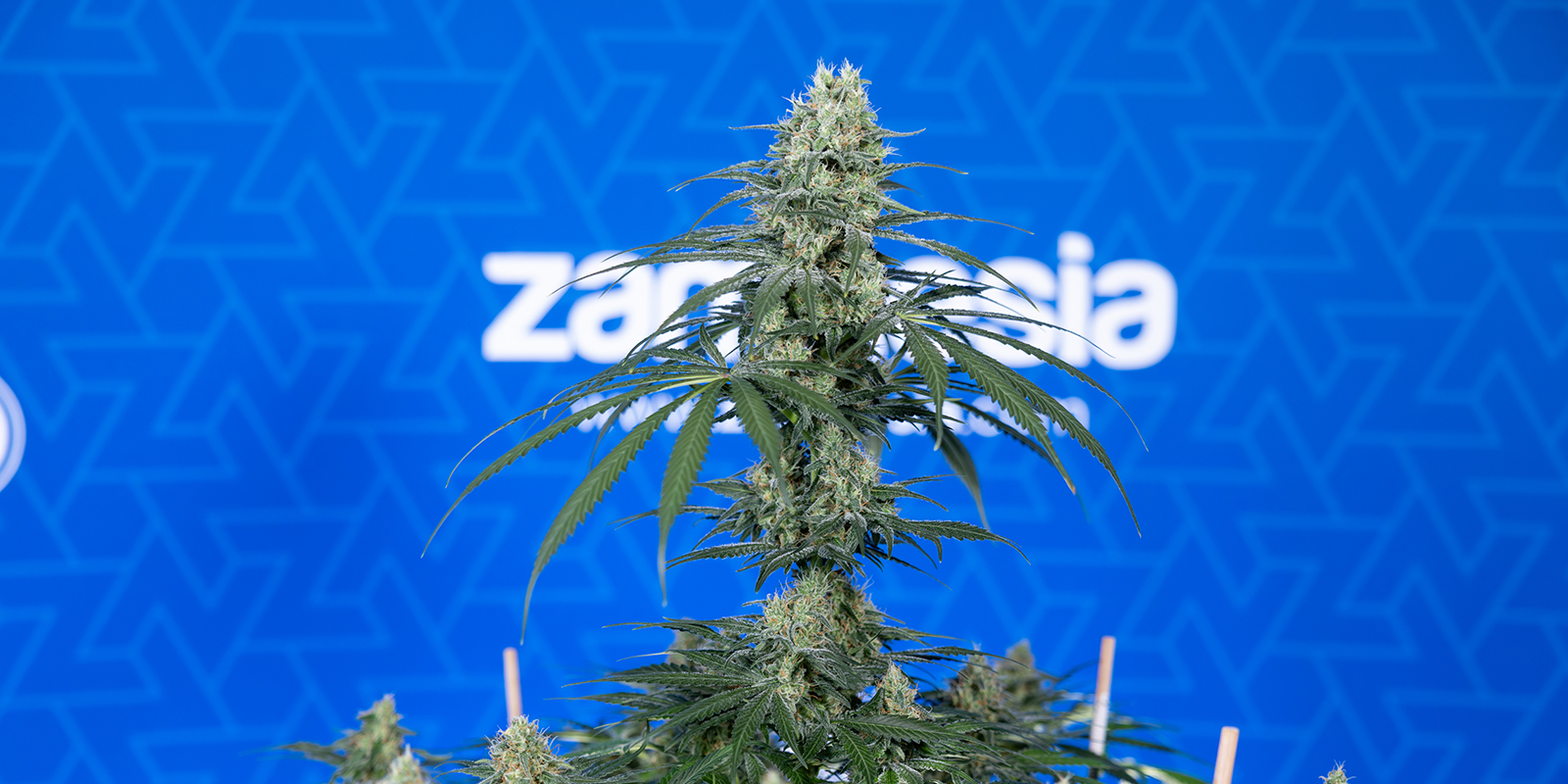
Sativa plants are renowned for stretching tall. In ideal outdoor conditions, pure sativas (or those with a heavy sativa lineage) may exceed 3 metres in height. Indoors, untrained sativa-dominant plants often double or sometimes even triple their vegetative height once flowering begins.
The flowering period of sativa strains is typically longer than that of indica varieties. While many indicas finish in 7–9 weeks, sativas can require around 10–16 weeks (or even longer for true landrace types) to fully mature. This extended bloom time allows for more vertical stretch, but also demands patience and careful environmental management. Because of this, many modern sativa-dominant hybrids are selectively bred for quicker flowering times while retaining the characteristic stature and qualities of pure sativa plants.
Preferred climate and environmental conditions
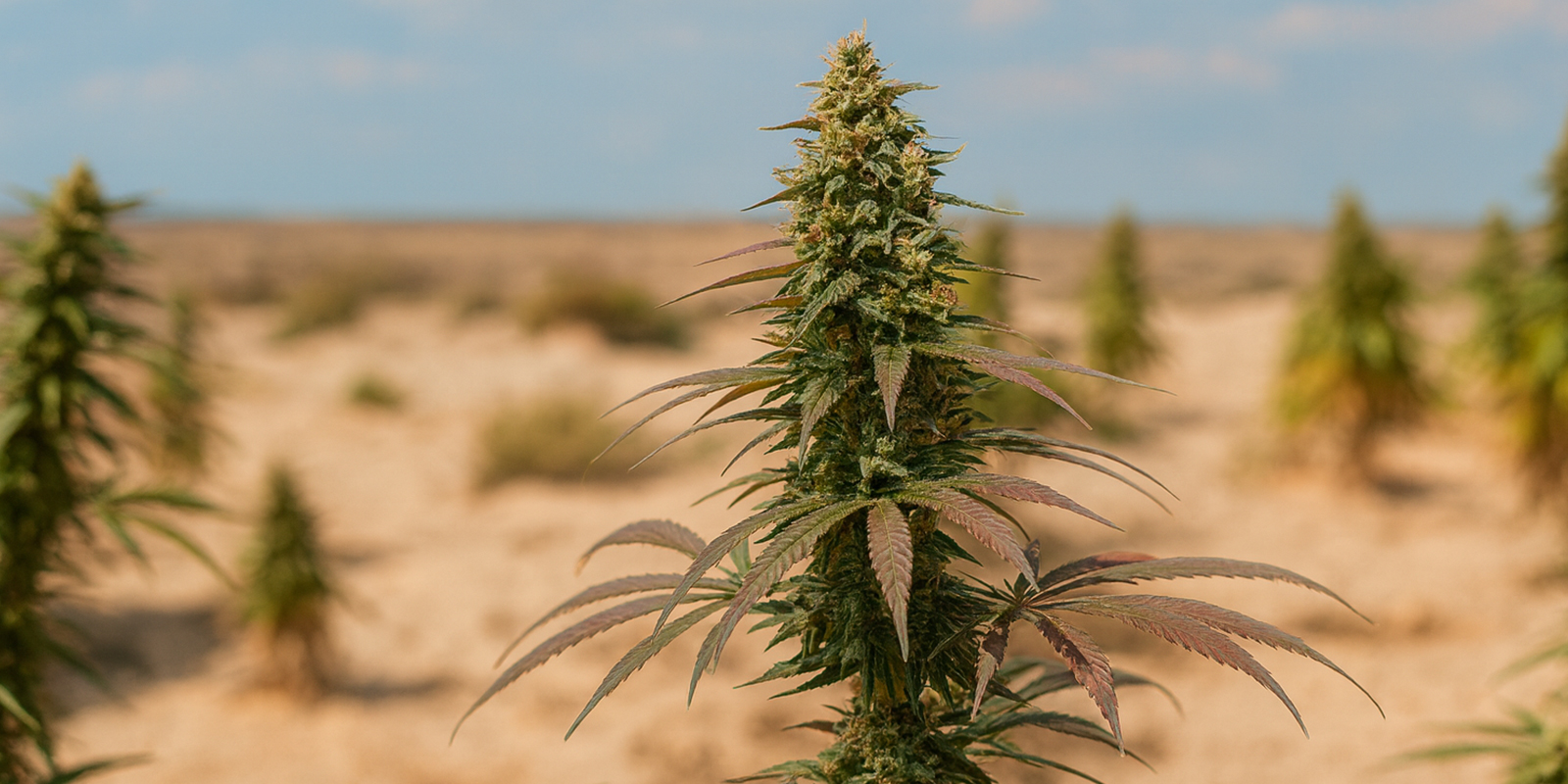
Sativa plants generally thrive in warm, humid environments with long growing seasons, similar to tropical or subtropical zones. Their naturally airy structure and lighter foliage make them better suited to resist moisture-related issues, provided the airflow is adequate.
On the other hand, their long flowering cycle means they're more exposed to seasonal shifts, pests, and environmental stresses outdoors. Ensuring stable temperature, good ventilation, and optimised nutrition becomes even more critical as the plant matures.
Indoor vs outdoor considerations
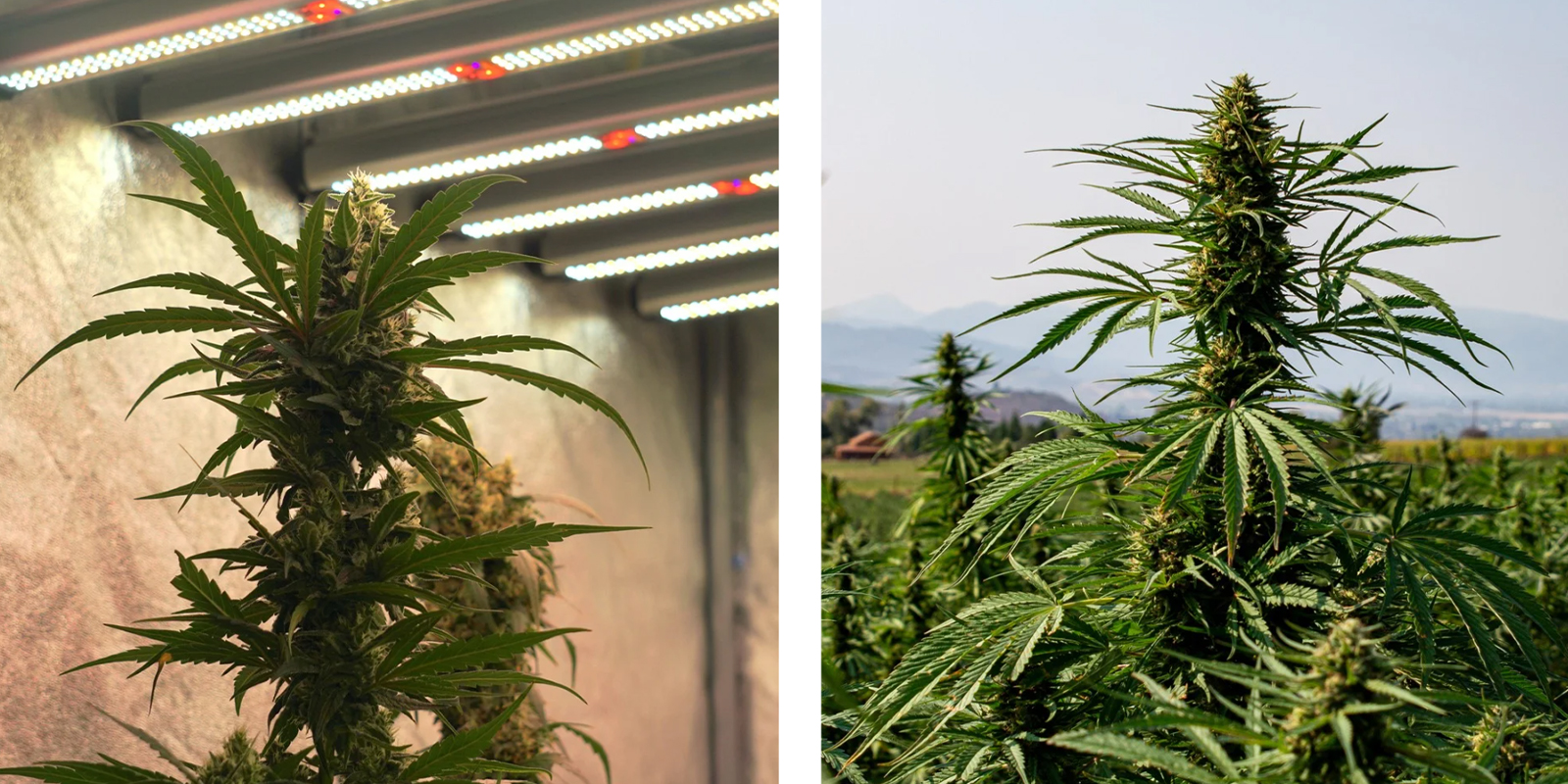
Space, climate, and control are the key factors in deciding whether to grow Cannabis sativa indoors or outdoors. Each environment offers unique advantages and challenges that shape the plant's growth and eventual yield.
Indoor growing
- Vertical space is key: Because sativas stretch a lot during flowering, growers must carefully control plant height. If flowering is induced too late, plants can outgrow the space, risking light burn or overcrowding.
- Training and pruning: Techniques like topping, LST (low-stress training), or ScrOG (screen of green) help limit vertical growth, spread out the canopy, and maintain a manageable plant shape.
- Light and photoperiod control: As pure sativas are photoperiod plants, consistent light/dark cycles (usually 12/12 for flowering) are critical. Any light leaks during the dark period can disrupt the flowering cycle.
- Stretch management: Because sativas may double or triple in height early in flowering, growers sometimes trigger flowering early or prune to mitigate excessive stretch.
Outdoor growing
- Full season required: Sativa plants need a long and stable growing season free from early frosts to fully mature.
- Space and support: With the potential to grow to several metres in height, growers need ample space and crop-support systems (stakes, trellises) to prevent branches from breaking under their own weight.
- Exposure risk: During a long flowering phase, plants are vulnerable to pests, rain, and weather cycles. Selecting more resistant strains or growing in controlled outdoor conditions can help mitigate risk.
For growers interested in picking sativa strains that perform well in specific environments, you can check out Zamnesia's list of top sativa strains here.
The effects of Cannabis sativa: Myths vs reality
.jpg)
Many cannabis users and guides still present the idea that sativa = energising, indica = sedating, but that dichotomy is now considered overly simplistic and scientifically outdated. Instead of assuming all sativa strains make you feel uplifted, a more accurate model looks at the chemical profile of each cultivar, especially its terpene content and cannabinoid ratios. For a deep dive into the effects of both sativa and indica strains, take a look at our dedicated article.
Debunking the “always energising” myth
It's a common question: what does sativa do to you? The old assumption was that sativa inherently boosts energy, creativity, and focus. But many modern sativa-dominant hybrids don't conform to that expectation, and some even have relaxing or sleepy effects in specific doses. Several factors explain why:
- Two strains with identical THC levels can feel very different depending on their terpene composition.
- Hybridisation has blurred the lines between classical “sativa” and “indica” traits.
- Personal tolerance, dosage, and method of ingestion all influence effects.
So, the question "does sativa make you sleepy?” has no one-size-fits-all answer. Depending on the formula, the answer is sometimes yes and sometimes no.
The role of terpenes and the entourage effect
Terpenes are aromatic compounds found in cannabis and many other plants, responsible for smell, flavour, and the modulation of effects. Examples include myrcene, limonene, pinene, and linalool.
These molecules interact with cannabinoids (like THC and CBD) and the human endocannabinoid system, giving rise to what's known as the entourage effect, the idea that the whole chemical mix produces a unique effect greater than any single compound alone.
For instance:
- Myrcene is often linked with soothing and relaxing effects.
- Limonene is generally associated with an uplifted mood or mild stimulation.
- Pinene may help counteract the potential short-term memory impairing effects of THC, promoting alertness.
Because each strain has a unique blend of terpenes and cannabinoids, two “sativas” can feel very different. Some are more energising, others are more mellow.
Cannabis sativa: A modern understanding
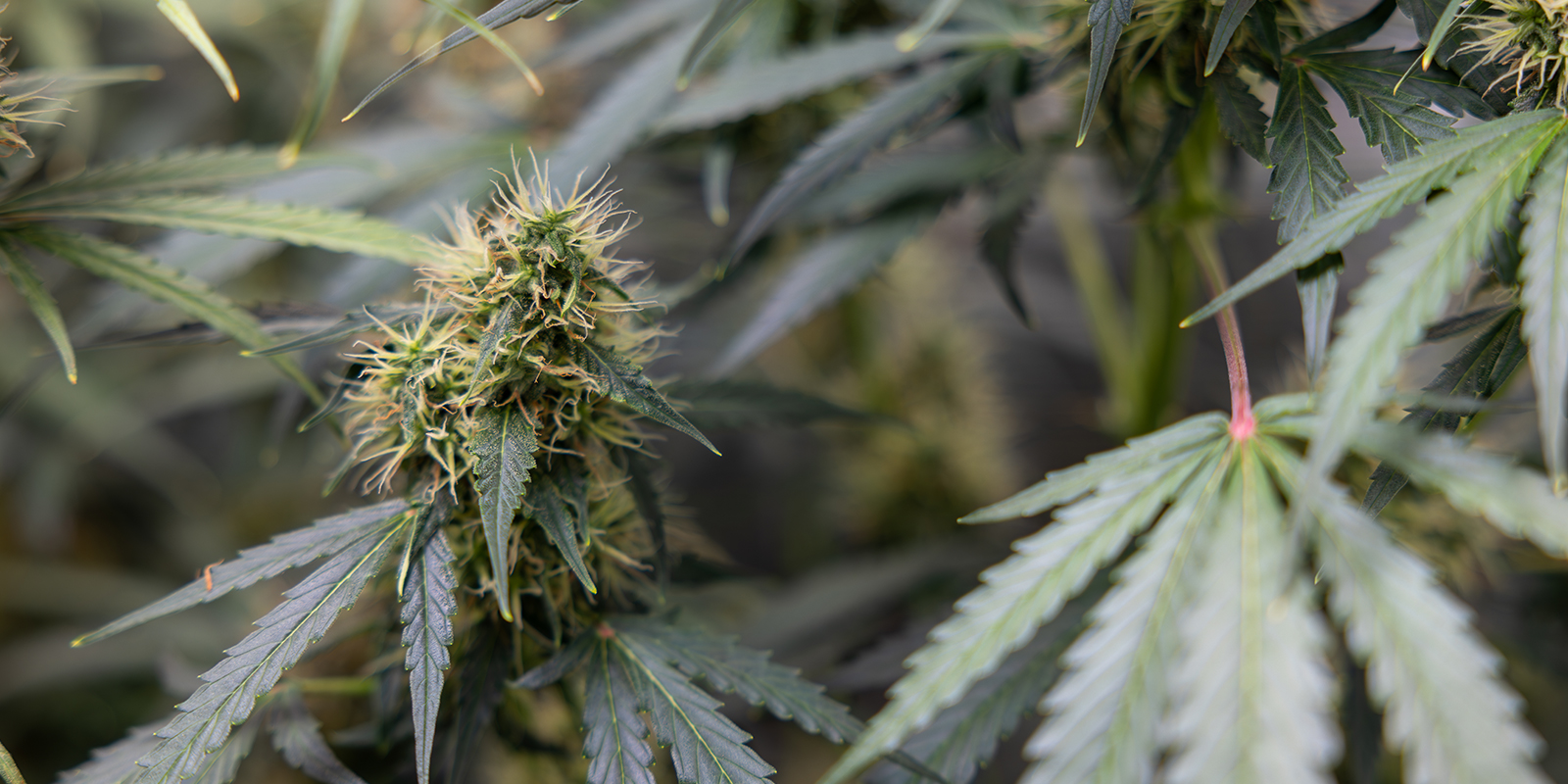
From its ancient origins as a fibre and food crop to its modern role in both medical and recreational contexts, Cannabis sativa has always been a plant of remarkable versatility. Botanically, it is tall and slender, with long, narrow leaves and an open branching structure that reflects its adaptation to warm, humid climates. As a crop, it often requires patience, thanks to its extended flowering times, but rewards growers with resilience, height, and distinctive bud formation.
When it comes to effects, it's important to move beyond outdated generalisations. The idea that sativa always produces energising or stimulating effects is no longer supported by science. Instead, the unique combination of cannabinoids and terpenes, its chemical fingerprint, plays the decisive role in shaping user experience. This modern understanding helps separate myth from fact and provides a clearer, more accurate picture of what Cannabis sativa truly represents.
If you're interested in taking the next step, you can explore our extensive grow hub, or browse our wide selection of cannabis seeds to better understand how this fascinating plant continues to evolve through cultivation and breeding.





 United States
United States











